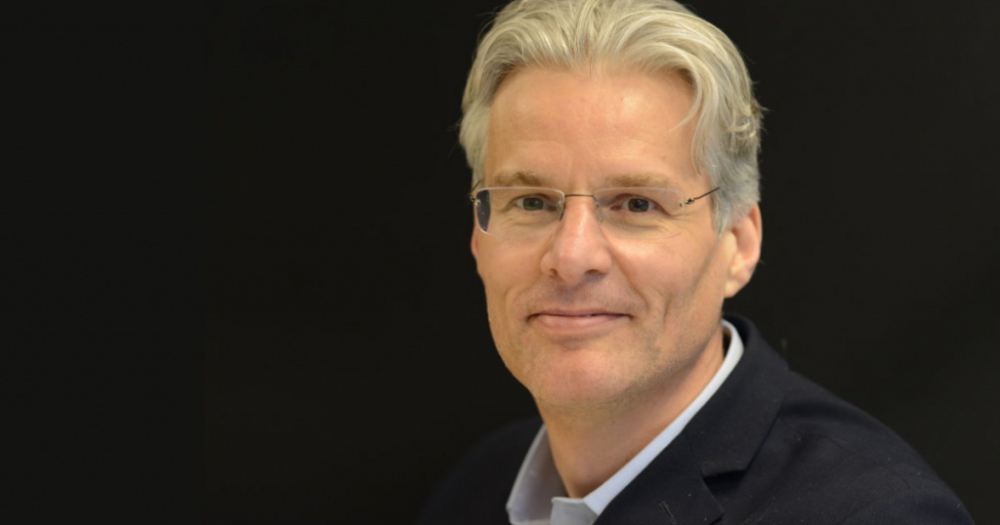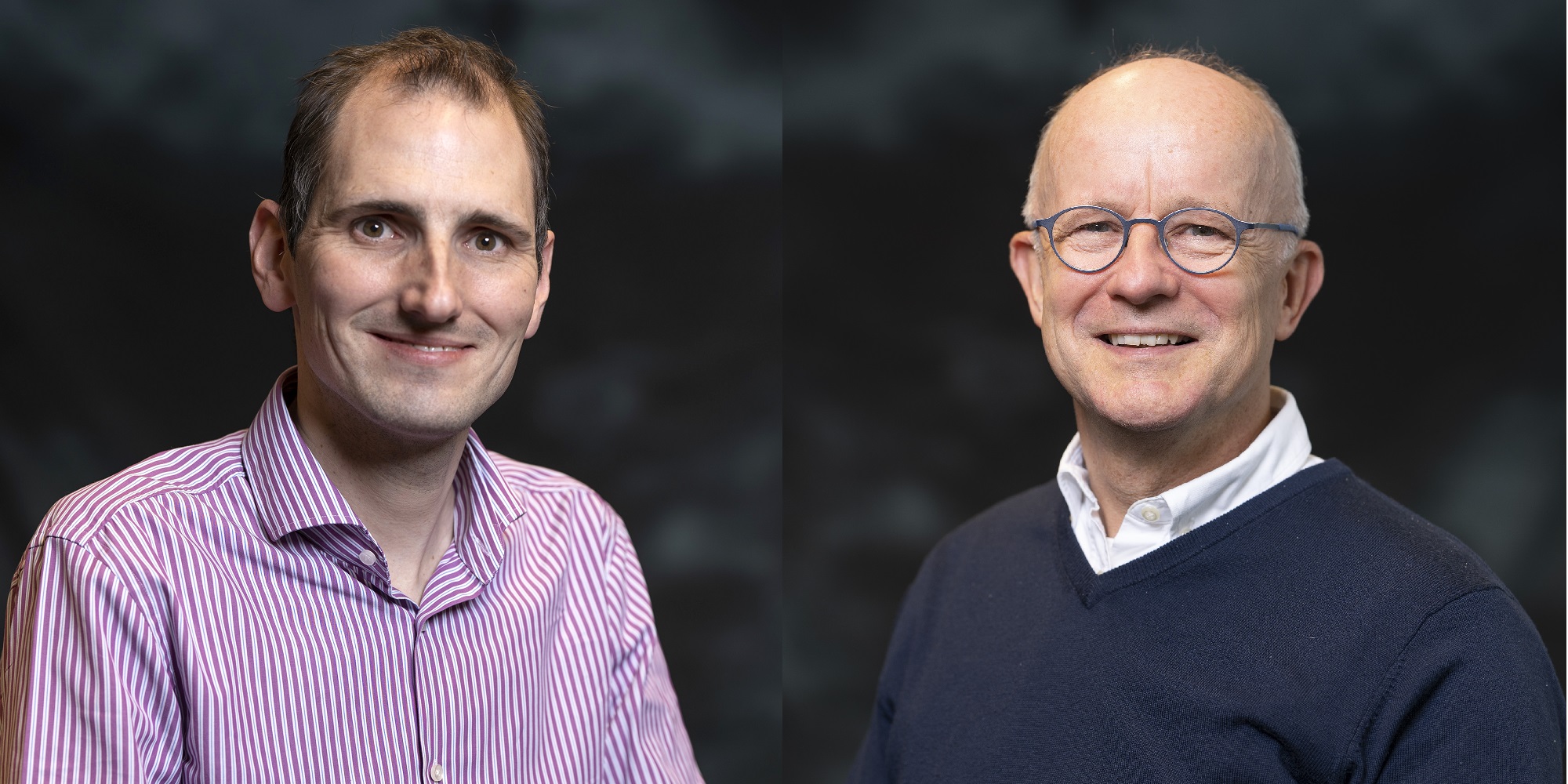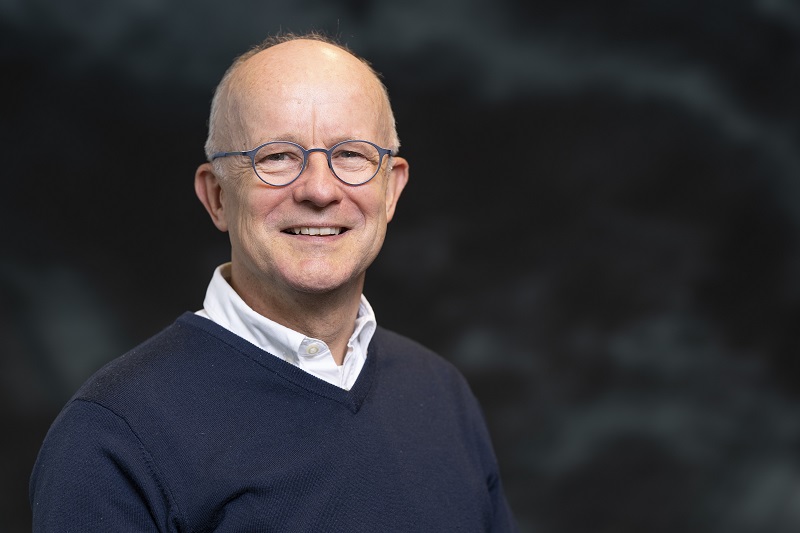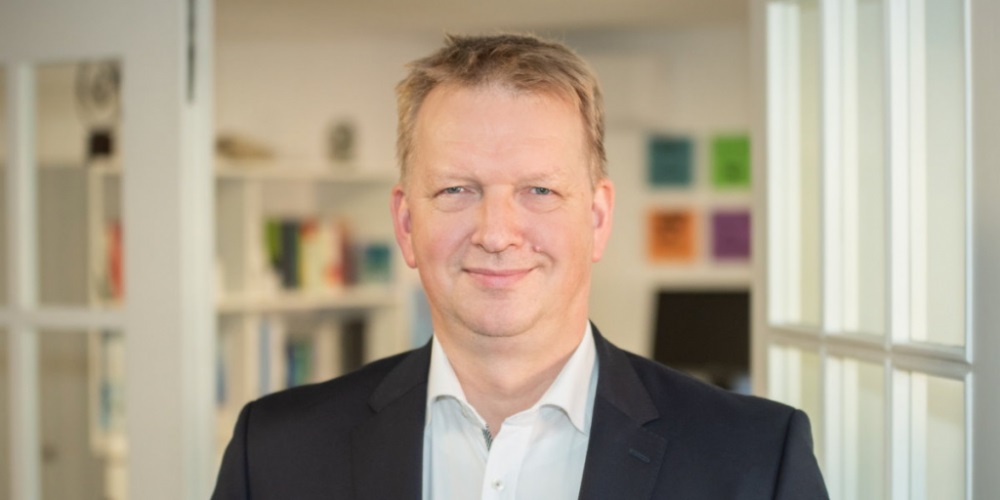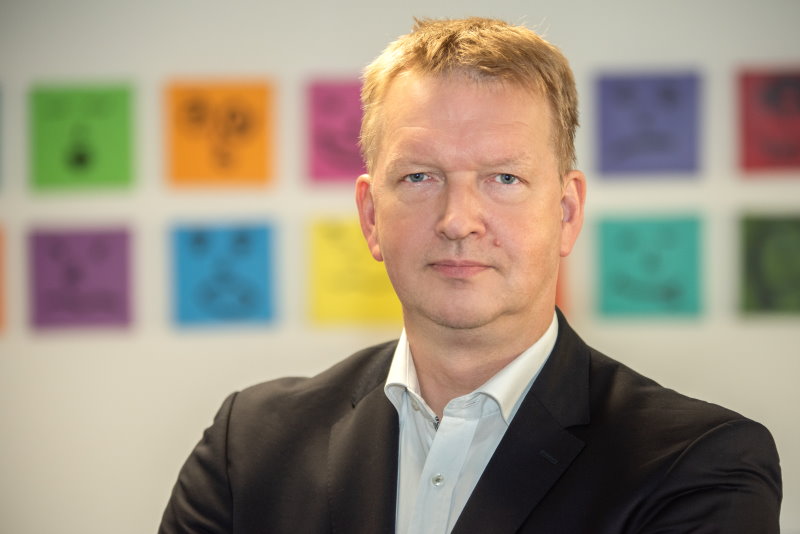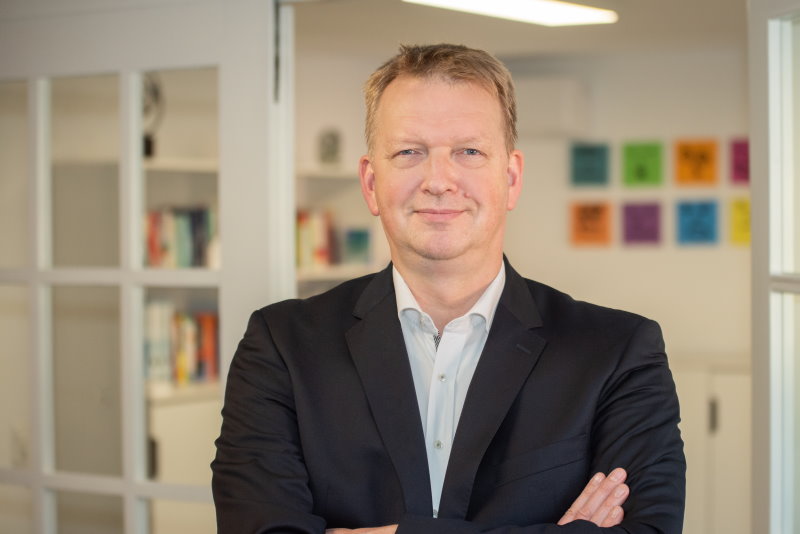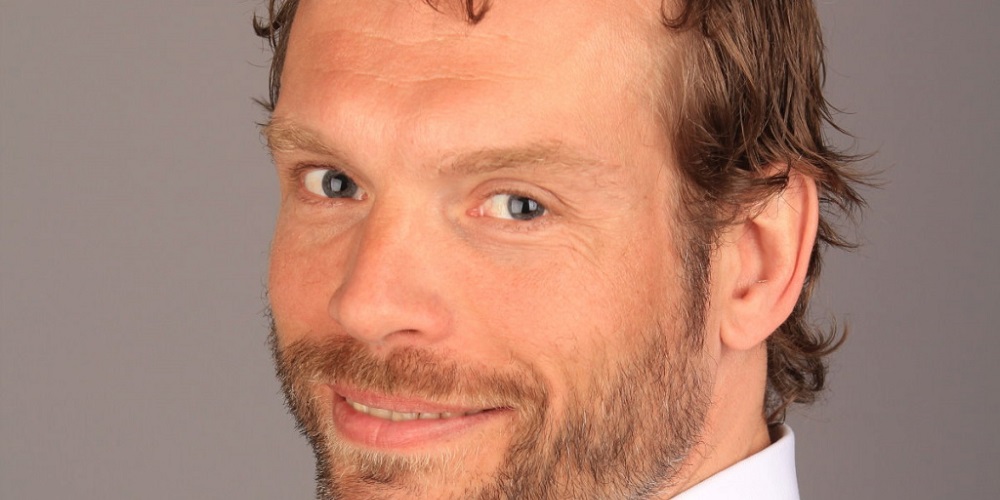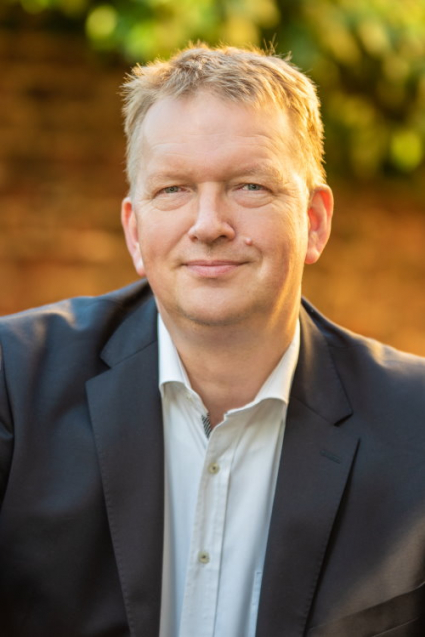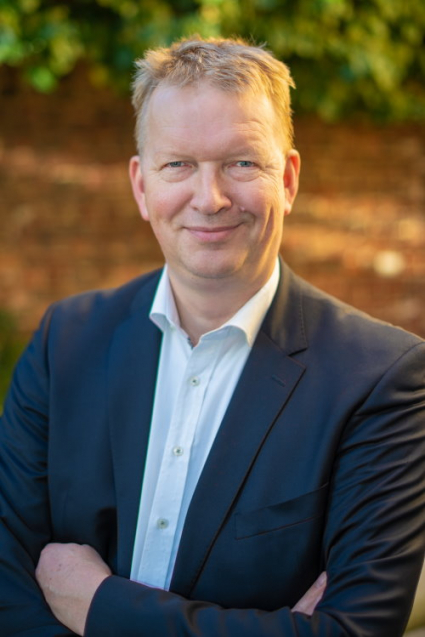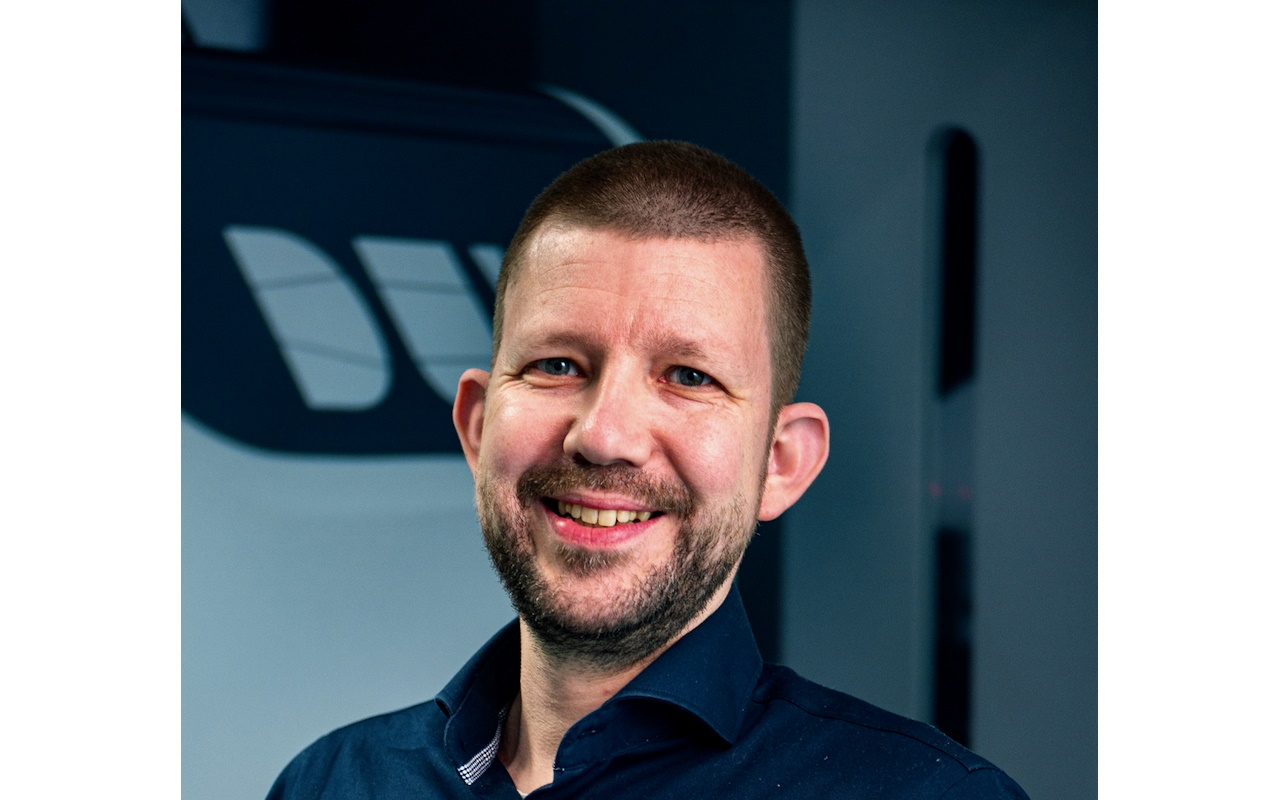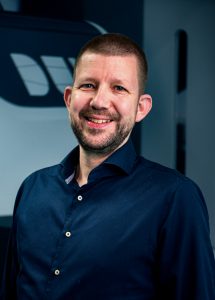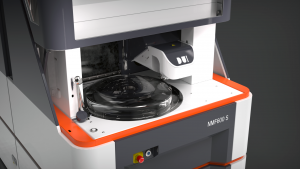Going from an engineer into a leadership role is anything but straightforward. The biggest challenge for technical minds, according to High Tech Institute trainer Jaco Friedrich, is to align and influence diverse and multidisciplined stakeholders – all from a position without power. To Friedrich, generating this buy-in doesn’t only come from your technical expertise, but from proper positioning, strong leadership skills and good communication.
You’ve finally done it. After years of working your way up from junior to senior engineer and architect, now you’re ready to take on a leadership role. This is your chance to show the company that you’ve got what it takes to assume the wheel and drive a team to success. With all the technical knowledge you’ve gained through your experience, you’ve pretty much seen it all and are quite advanced to less-experienced team members. This transition should be a breeze, right? According to Jaco Friedrich, a former architect and team lead turned trainer, establishing your technical credibility can be a big help, but it’s your leadership skills that will bring you to the next step in your career development.
“Spending years working my way up through the different levels of engineering and then to group leader, I’ve experienced first-hand the difficulties and the pitfalls of making the jump to a leadership role,” recalls Friedrich, a training expert at High Tech Institute. While the high-tech domain is filled with some of the brightest technical minds, for many, it’s the non-technical soft skills of interaction and communication that are lacking. “It took me years of training and education to really understand those difficulties, which is why I use my time to share what I’ve learned with the engineers of today. Sometimes, you can best teach that which you most needed to learn in your own personal development. I think that’s definitely the case for me.”
For the last 20 years, Friedrich has put his focus into teaching and helping engineers grow into leadership roles. He has trained thousands of engineers and architects, in the Netherlands and abroad, to learn the skills he wished he possessed early in his career. This includes his High Tech Institute’s two-day training “Leadership skills for architects and other technical leaders.”
Call your bluff
In his experience as a trainer in high tech, Friedrich notices that engineers have two main challenges, or dilemmas, to overcome when moving into leadership. The first is that leaders are expected to plan or take a specific direction earlier in the process, which means making big decisions with only a limited amount of information and clarity. “What I see is that engineers are very technical at heart. They might be 80 percent comfortable and have an idea of the way to go, but they hesitate because making big decisions without 100 percent certainty can feel daunting,” suggests Friedrich. “The problem is, someone else in the group might only understand 30 percent but be much more vocal, and this often leads to the project being steered in the wrong direction.”
The solution, Friedrich says, is not to be afraid to take a position, even if you’re not fully certain. Instead, start by conveying what you know and pointing out the potential risks. This invites everyone into a dialog and allows the group to assess risks and rewards.
“You never want to be fake in these situations. Your colleagues will call your bluff and certainly won’t buy into what you’re saying,” explains Friedrich. “In this scenario, it’s really about positioning yourself and being open from the start. Being a leader means you’ll find yourself no longer in the world of science but in the world of risk management. It’s a real mind shift that has to take place.”
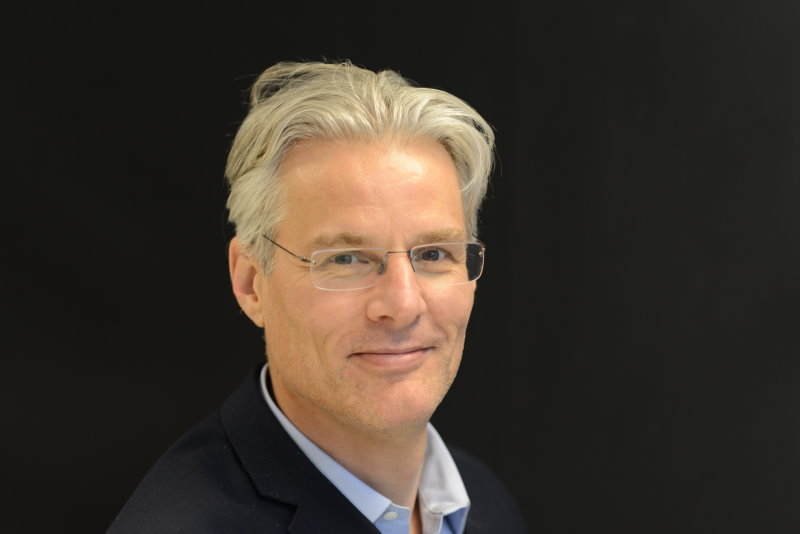
Trainer Jaco Friedrich.
'To really make the jump to become a leader, you have to find ways to create headspace.'
Headspace
The second dilemma, according to Friedrich, is finding the right balance between the engineer’s mentality of finding solutions on your own and finding ways to delegate responsibilities to keep a broad view of a project and its stakeholders. “This is one of the more difficult shifts for engineers going into leadership roles. They still want to work like they always have but can lose sight of all the moving parts and pieces,” illustrates Friedrich. “To really make the jump to become a leader, you have to find ways to create headspace. This means you must learn to delegate tasks to others and then help by coaching them through the process.”
Friedrich points out that while your technical knowledge is a great asset to help guide these situations, coaching relies more heavily on patience, communication and an entire set of soft skills. “To be effective as a leader, you’ll need to find a way to really develop skills in diplomacy and influence to gain buy-in from the various stakeholders,” he reveals. “Teams today are extremely diverse in terms of culture and discipline. To get all the stakeholders on board with the direction you’re steering means knowing how to appeal to them and motivate them from a position without power. Formal power can be effective, but it’s certainly not a motivating force.”
Resistance
Of course, no matter how sharp your influencing skills are, it’s not always possible to win everyone over. When you’re working with diverse groups of highly intelligent, highly technical people, you’ll most certainly run into different levels of resistance. Learning to deal with this resistance is crucial to being successful in a leadership role – and is one of the focal points of Friedrich’s training.
“Something that a lot of engineers struggle with is how to turn resistance into positive momentum. In our trainings, participants are always stumped to learn that as much as 50 percent of that resistance actually stems from themselves,” teases Friedrich. “It typically comes from one’s inability to present information, options and consequences in a clear and meaningful manner. We teach some simple tactics for new leaders to maneuver themselves into a position of strength and clarity from the start. That way, they can avoid wasting time getting the ball rolling. Of course, there’s still the other 50 percent, but to learn that you’ll have to come to the course.”
This article is written by Collin Arocho, tech editor of Bits&Chips. Trainer Jaco Friedrich.
Recommendation by former participants
By the end of the training participants are asked to fill out an evaluation form. To the question: 'Would you recommend this training to others?' they responded with a 9.2 out of 10.
